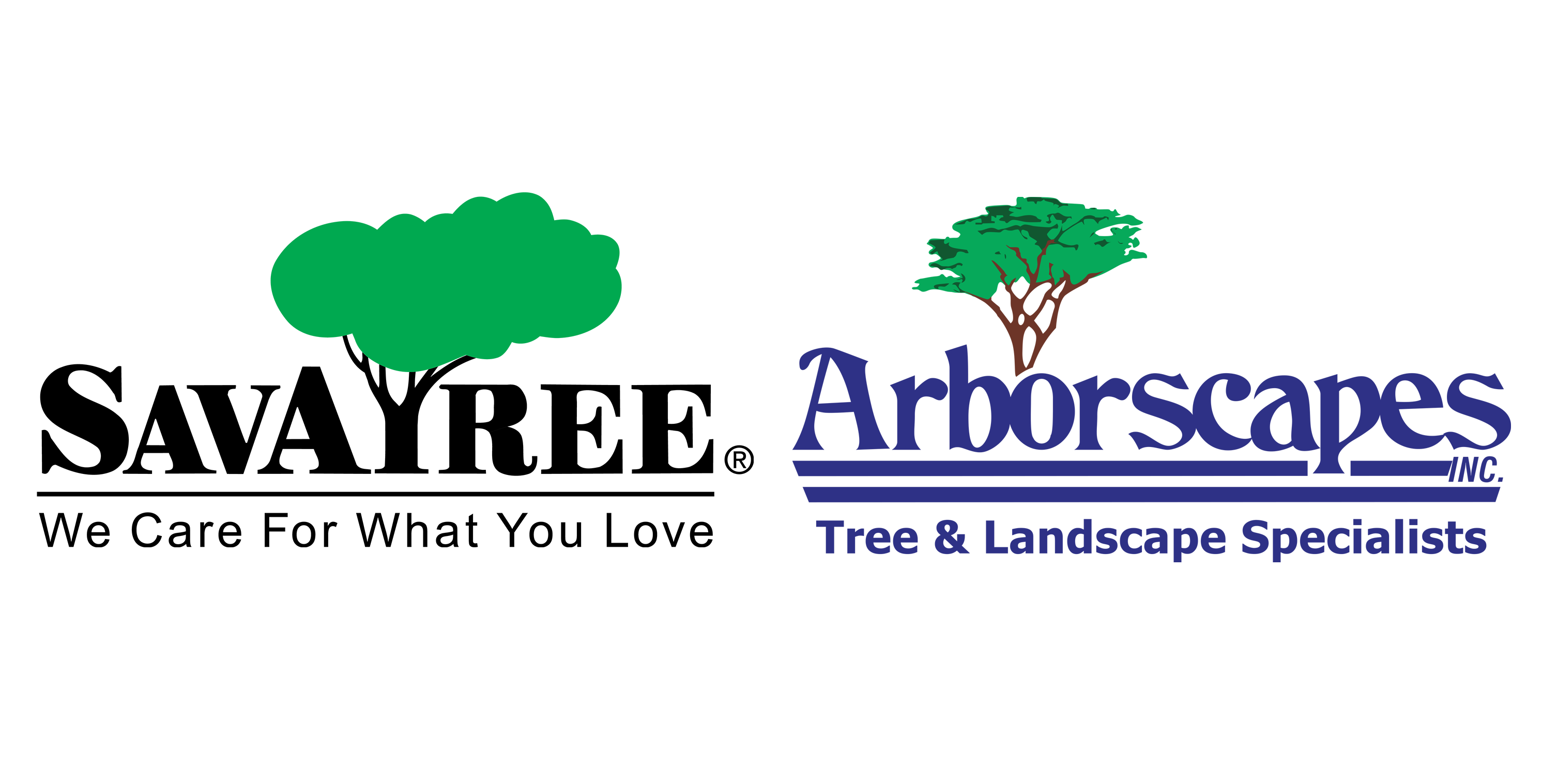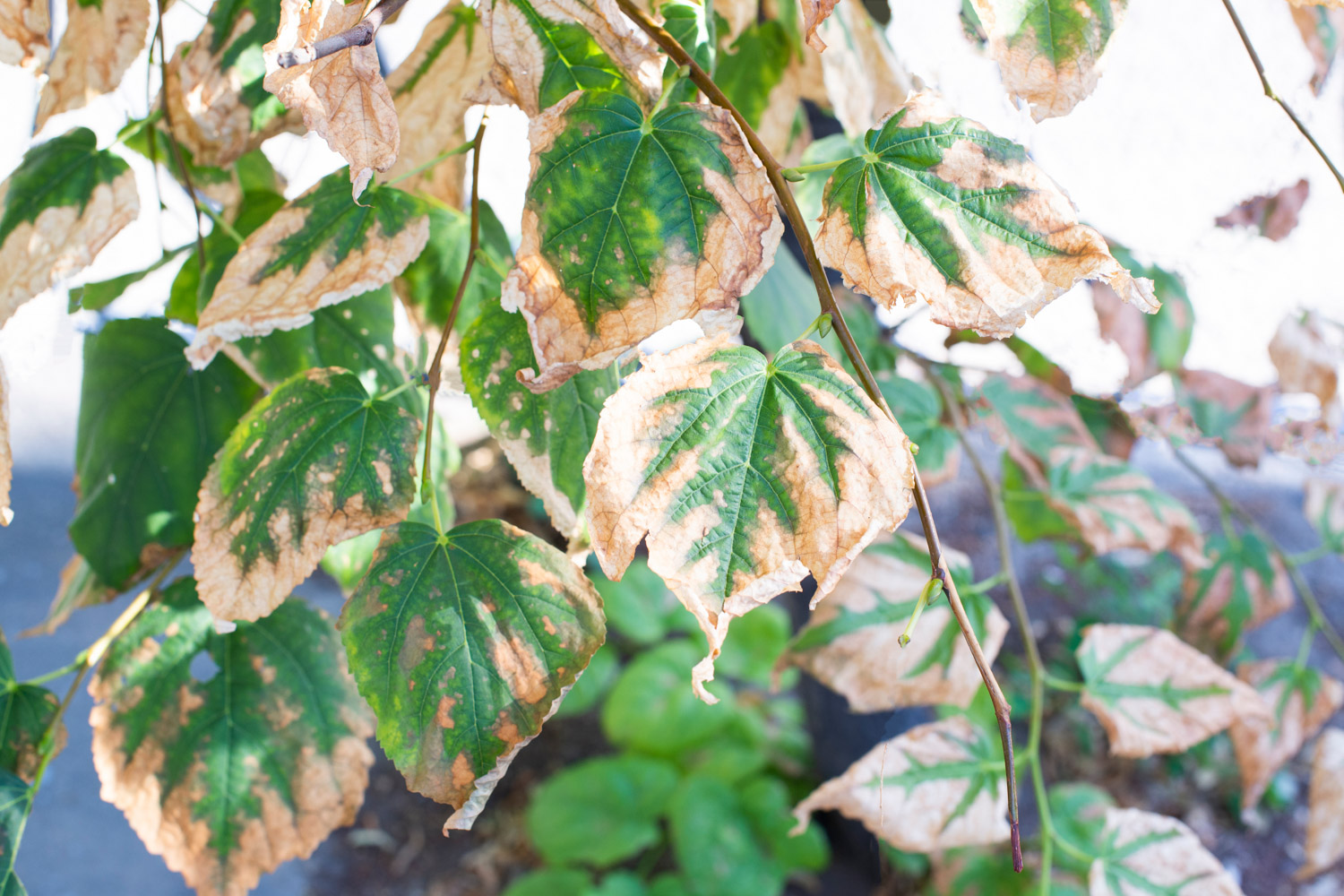
Even with this morning’s rain, Charlotte and the surrounding areas have gone nearly 20 days without significant rainfall. This can be hard on the our trees. But there are ways to mitigate the damage. The Plant Health Care department at Arborscapes recommends fertilizing trees twice a year. Typically in the spring and the fall. As a part of an Arborscapes...
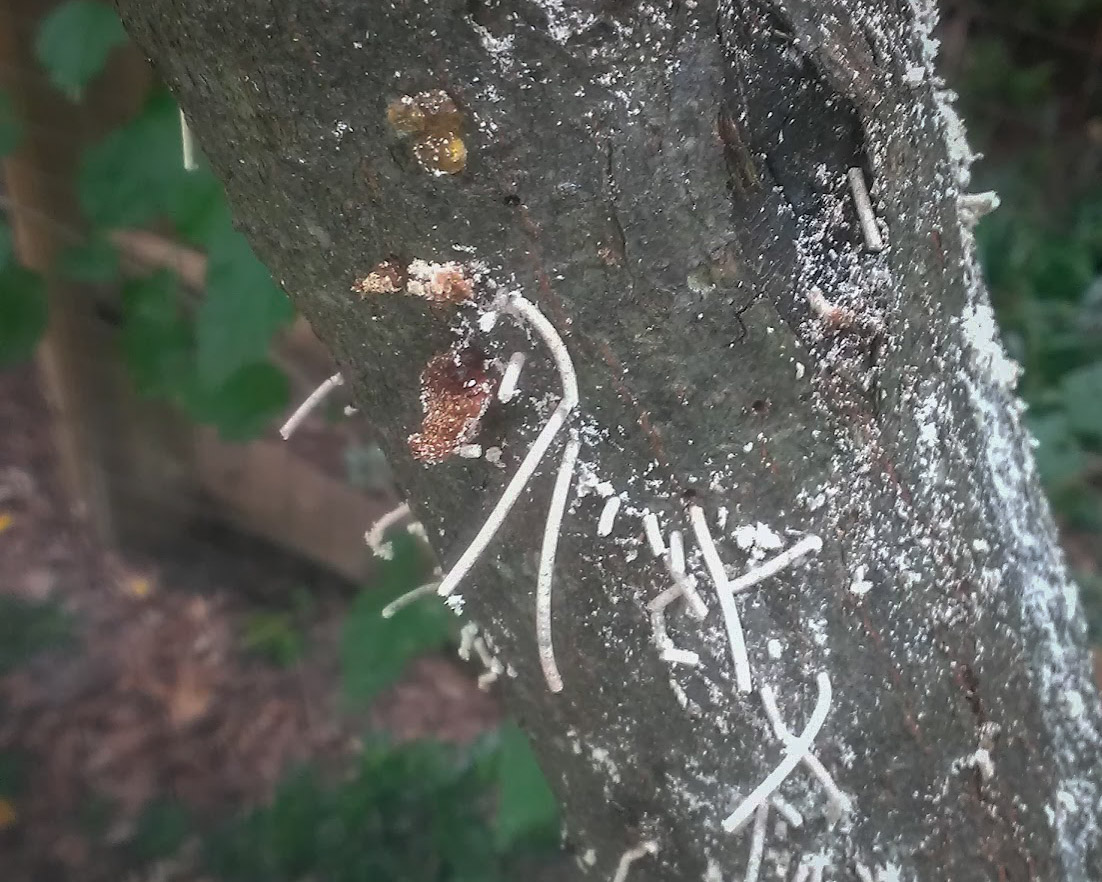
What is that sticking out of my tree?
What are those weird toothpick looking things sticking out of my tree? You may not like the answer. Whatever you do, don’t put these “toothpicks” in your mouth! Ambrosia beetles are a group of wood-boring beetles typically associated with stressed, weakened, or recently transplanted trees. These beetles cultivate certain fungi inside their galleries as a food source. As a result,...
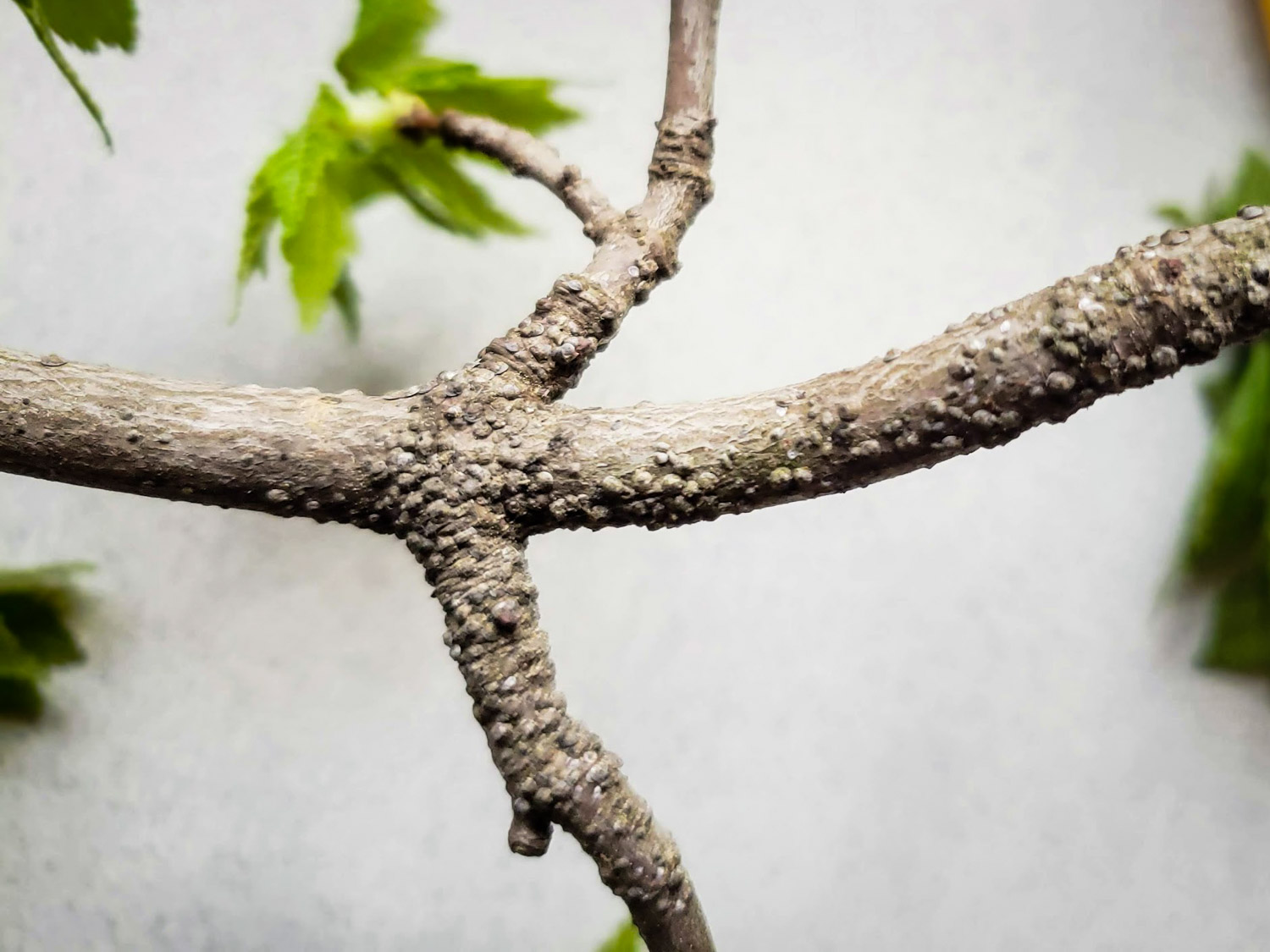
Maple Scale in the Carolinas
Scale insects can be quite damaging to maple trees. Maple scales, such as the oystershell scale and the Lecanium scale, feed on the sap of the tree, causing reduced vigor, yellowing leaves, and branch dieback. We see a lot of gloomy scale when dealing with maples in the Charlotte area as well. Of course, prevention and treatment for maple scale...

Maple Borers in the Charlotte Area
Maple borers, can cause significant damage to maple trees by tunneling into the wood. Damage from these borers can weaken trees and make them susceptible to breakage and other pests and diseases. Of course, prevention and treatment for maple borers in the Charlotte area is included in a Plant Health Care subscription from Arborscapes. (As are myriad other pests and...
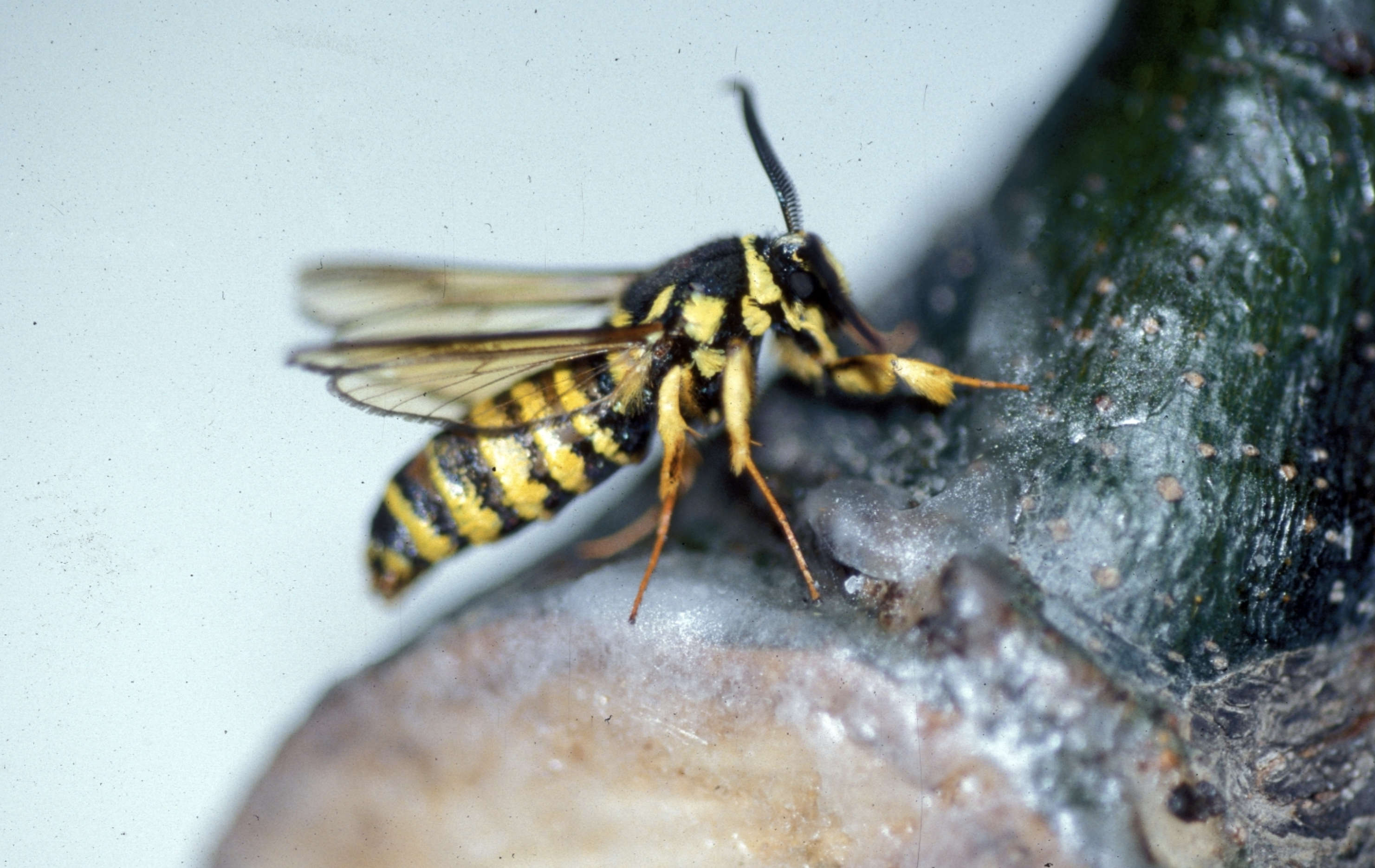
Oak Borer Treatment
Oak borers, such as the oak clearwing borer, two-lined chestnut borer, and the gold-spotted oak borer, can cause significant damage to oak trees by boring into the wood. Addressing an oak borer infestation requires both preventive and reactive measures. Of course, prevention and treatment for oak borers is included in a Plant Health Care subscription from Arborscapes. (As are myriad...
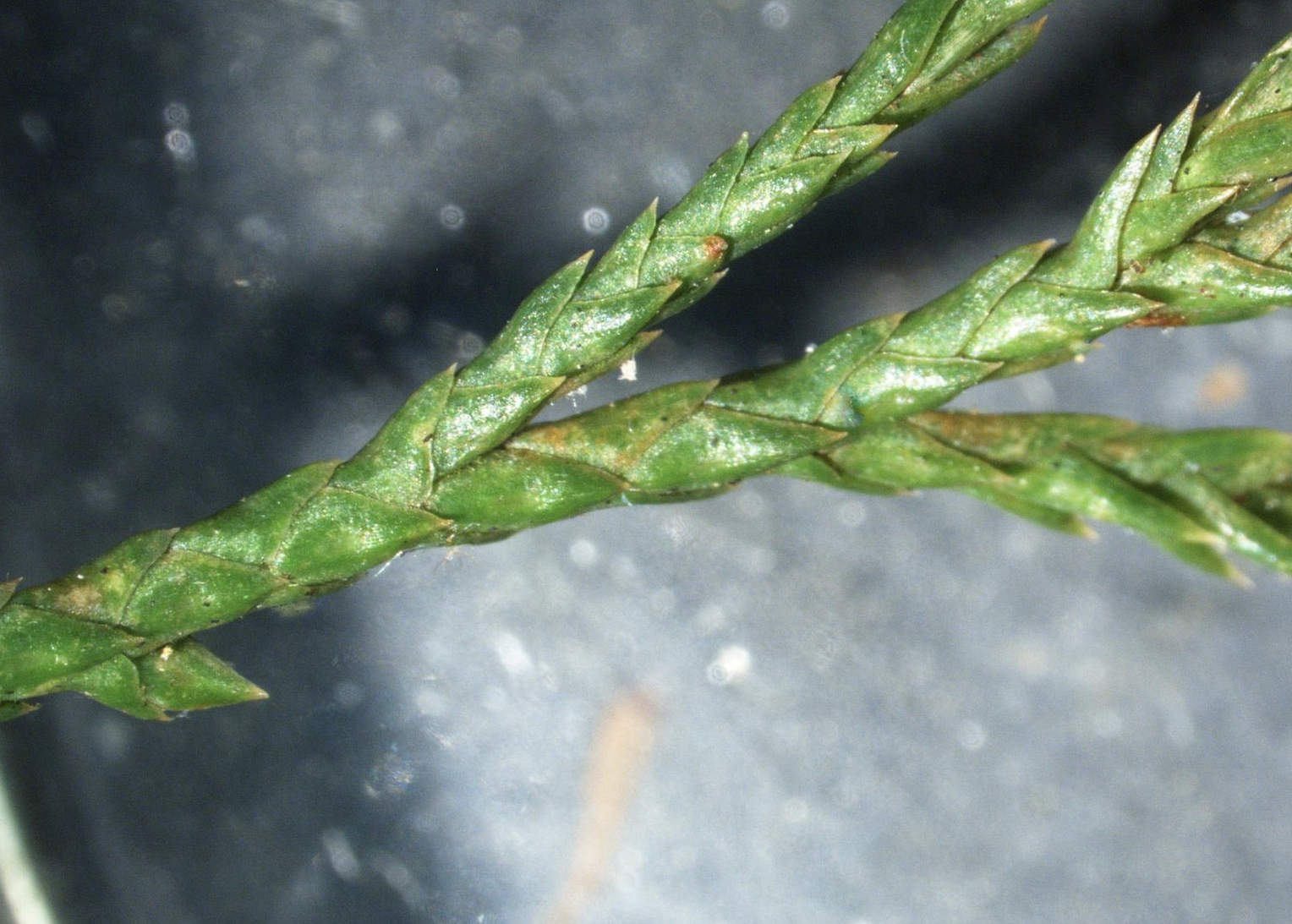
Juniper Spider Mites in Charlotte
Juniper spider mites can cause significant damage to junipers by feeding on the plant’s sap, leading to a stippled or bronzed appearance of the foliage. Of course, prevention and treatment for spider mites is included in a Plant Health Care subscription from Arborscapes. (As are myriad other pests and diseases) If you would like to become a part of our...
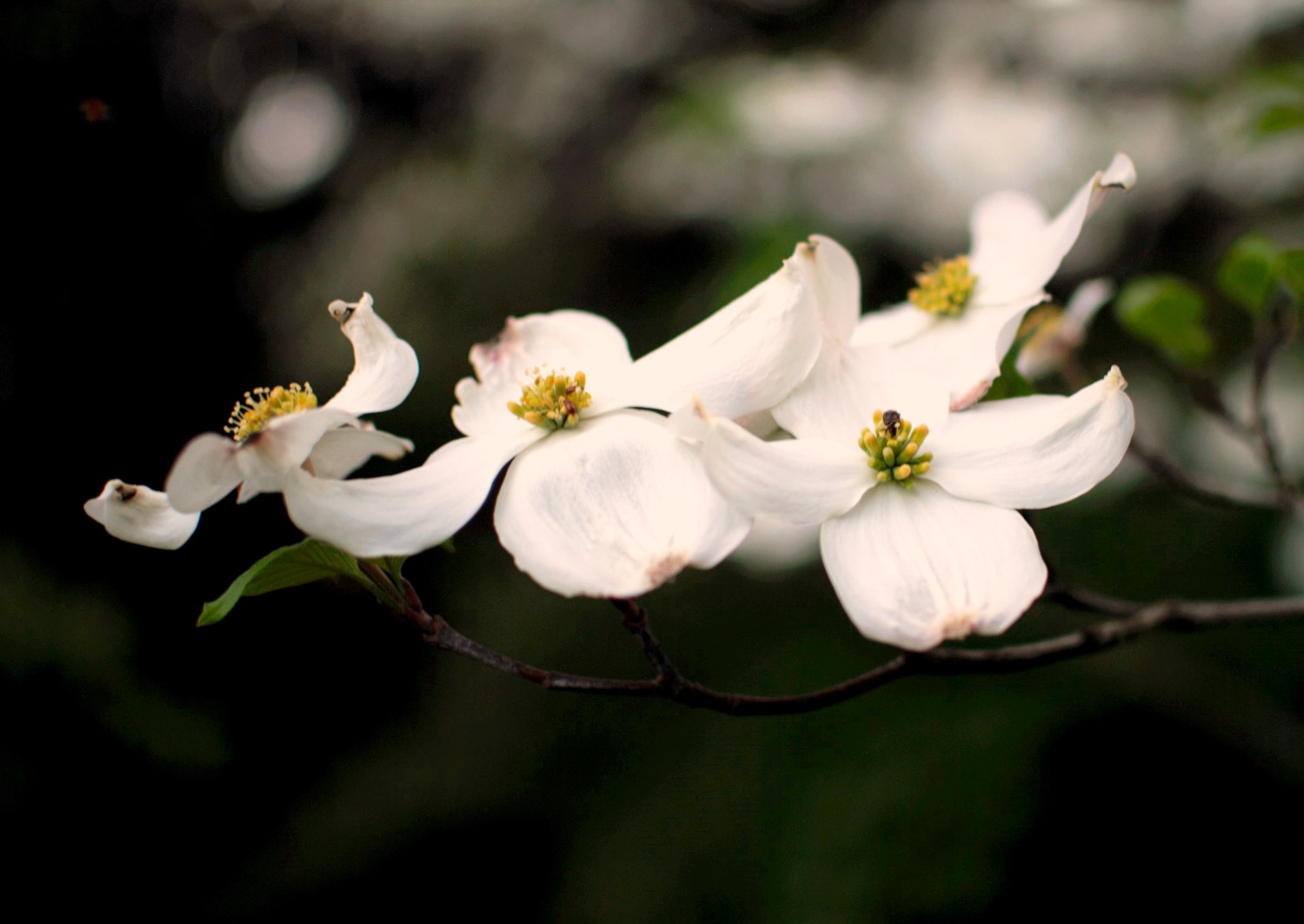
Dogwood Anthracnose Treatment
Dogwood anthracnose is a serious disease caused by the fungus Discula destructiva. It affects flowering dogwood trees, leading to large, tan to brown lesions on the leaves, dieback of twigs, and premature leaf drop. If left untreated, it can be lethal to the tree. Of course, prevention and treatment for dogwood anthracnose is included in a Plant Health Care subscription...

Treating Dogwood Borers in Charlotte
Dogwood borers (Synanthedon scitula) primarily attack flowering dogwood trees. These small moths burrow into the bark and feed on the cambium layer, which can cause significant damage and even tree death if infestations are severe. For that reason, it is important to monitor and treat for dogwood borers attentively. Of course, prevention and treatment for dogwood borer is included in...
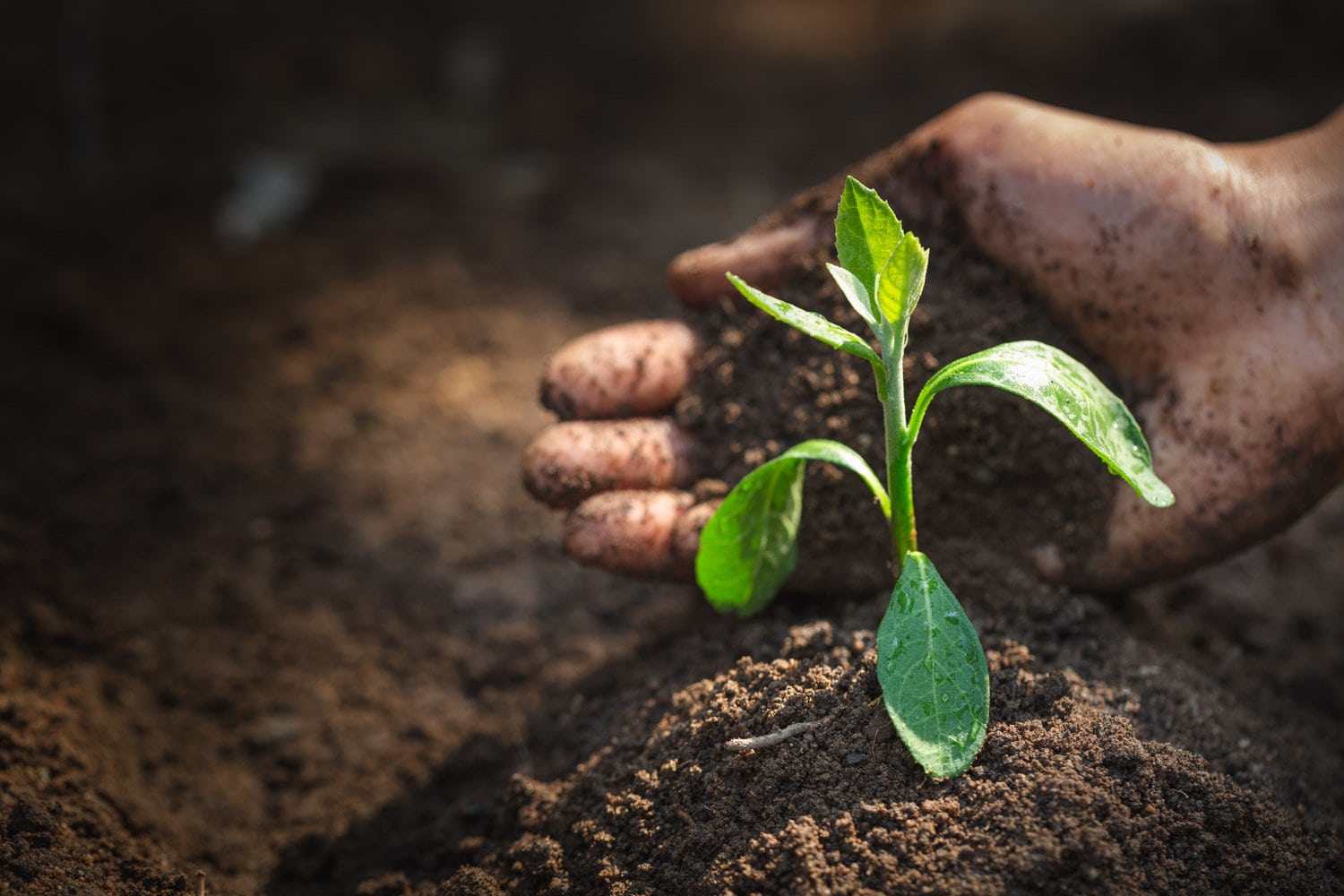
From Dirt Distress to Soil Success
Why is soil not dirt? Dirt is what is found on your clothes after playing outside. Soil, on the other hand, is a living, breathing, symbiotic ecosystem teeming with bacteria, fungi, algae, and other tiny creatures. Dirt is what we are left with after development takes place. Whether because all the soil was scraped away for grading, or the pounding...
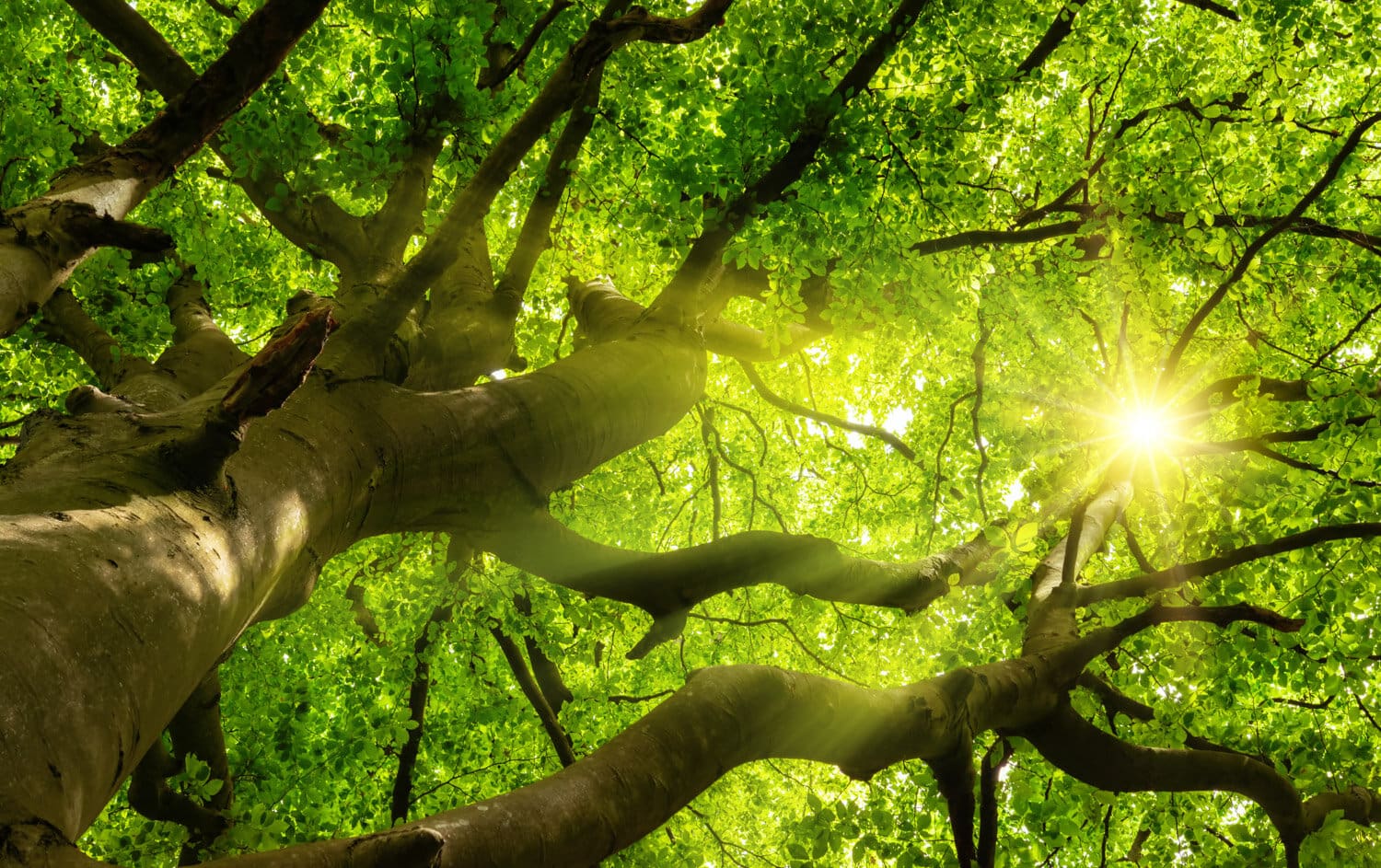
Canopy Reduction’s Branch-Out Benefits
How important is monitoring and, as needed, reducing your tree canopy? For the sake of tree health, safety and beauty, it’s up there. In landscaping as in life, it is wise to plan ahead and act. Late summer and early autumn – before the ice storms strike and winter’s winds blow – is the right time to consider your tree...
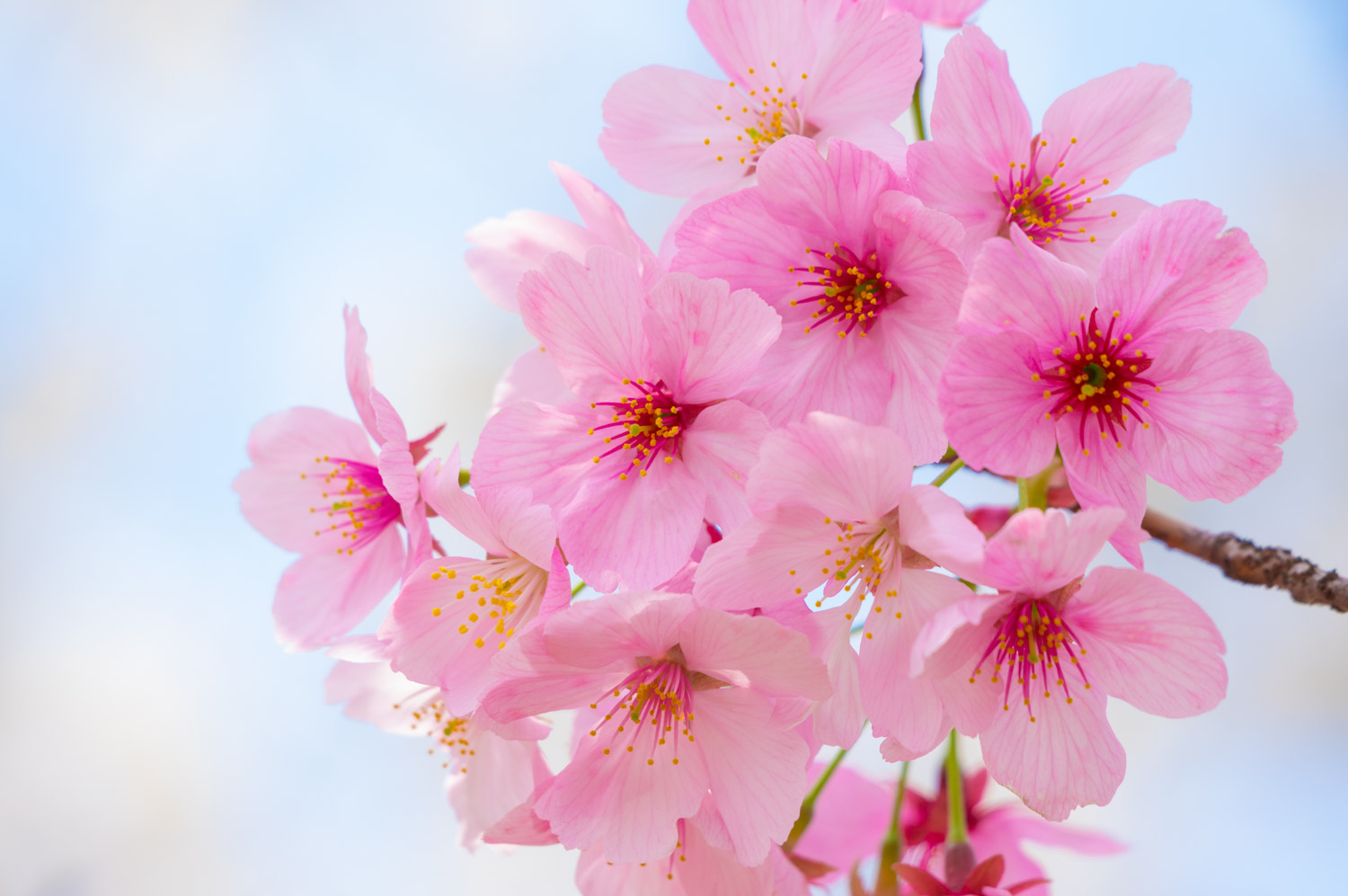
Why is My Cherry Tree Dying?
If you will allow this analogy: Cherry trees have become the rock stars of the tree world. They live fast and die young. What I’m trying to say is that it’s a challenge to keep a cherry tree alive and well, especially in the Carolinas. These beautiful, bountiful trees like it cooler than a Carolinas summer and warmer than one...
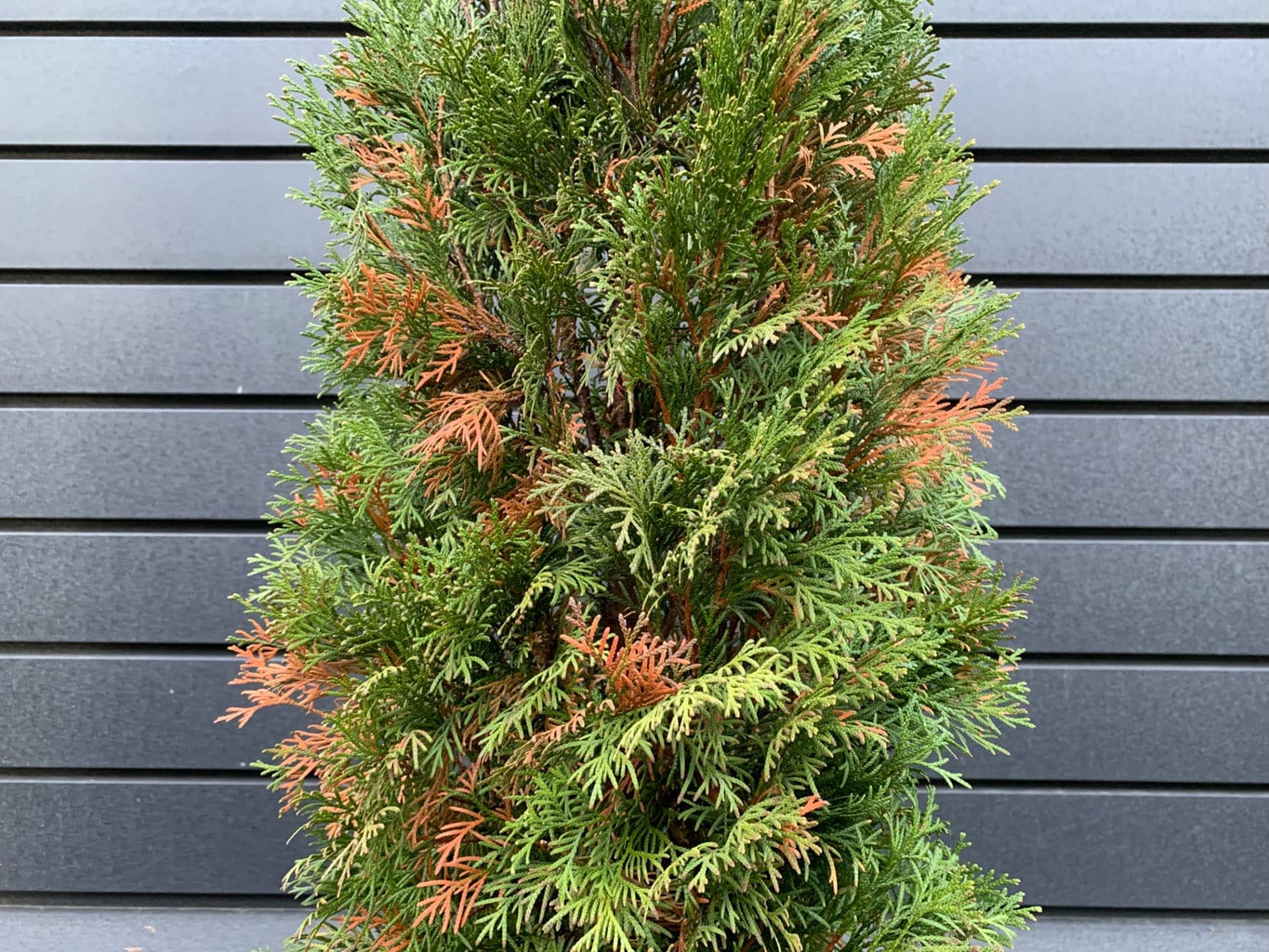
Arborvitae Blight Treatment
Arborvitae blight, which can be caused by Phyllosticta or Pestalotiopsis is a fungal disease that affects arborvitae trees. Infected trees display symptoms like browning and dieback at the tips of branches, often starting from the lower parts of the tree and progressing upward. Of course, prevention and treatment for arborvitae blight is included in a Plant Health Care subscription from...
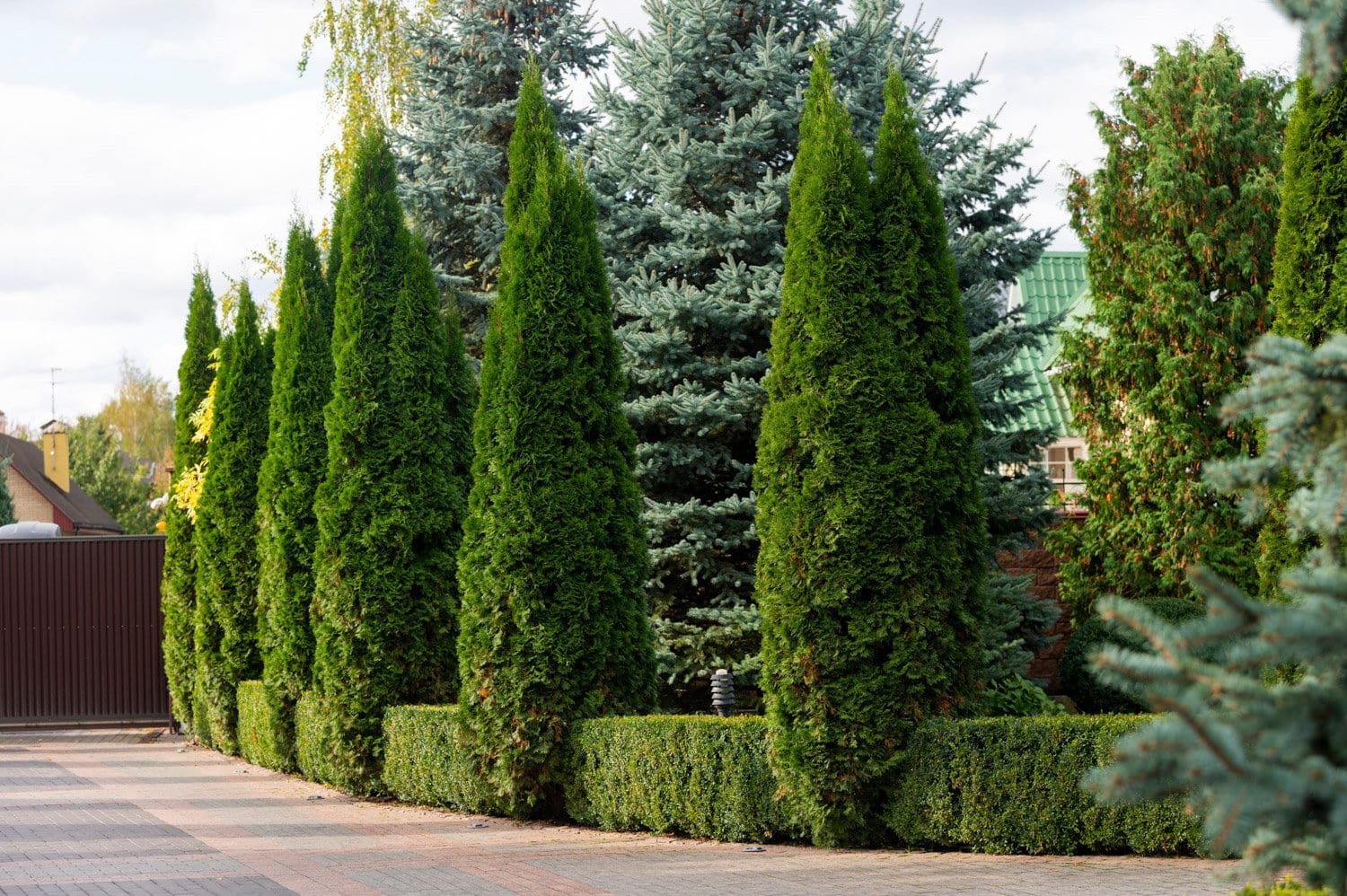
Arborvitae Spider Mites Treatments
In Charlotte and the surrounding area, one of the most persistent issues homeowners deal with is Arborvitae Spider Mites. They often create fine webbing on the plants, which can be a noticeable sign of infestation. Early detection and appropriate treatment are essential to prevent the spread of these mites and to protect the health of Arborvitae plants. Arborvitae spider mites...
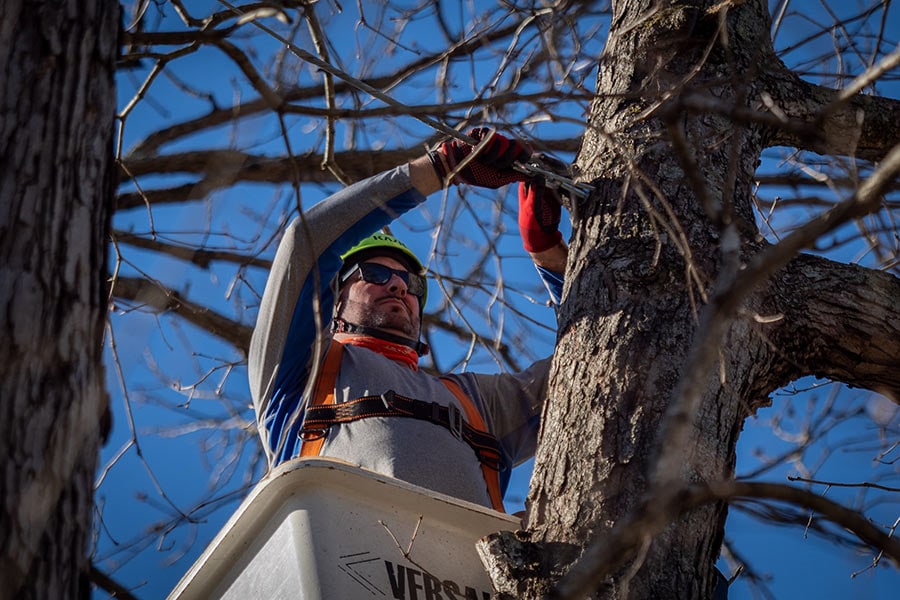
The Summer Storm Mistake Homeowners Don’t Have to Make
In this summer season of popup storms and high winds, Arborscapes’ Tree Care team offers a solution to the threat. As they put it succinctly, “Cabling and bracing.” Installing cables or braces as recommended by a board-certified master arborist can spare your trees from defects, damage and even having to be removed. These defects, or cracks, can put maples, oaks,...

Elm Borer Treatment
Elm borers are wood-boring beetles that can infest and cause significant damage to elm trees. The larvae tunnel into the tree, creating galleries and disrupting the flow of nutrients and water. Over time, this can lead to the decline or death of the tree. Of course, prevention and treatment for elm borers is included in a Plant Health Care subscription...
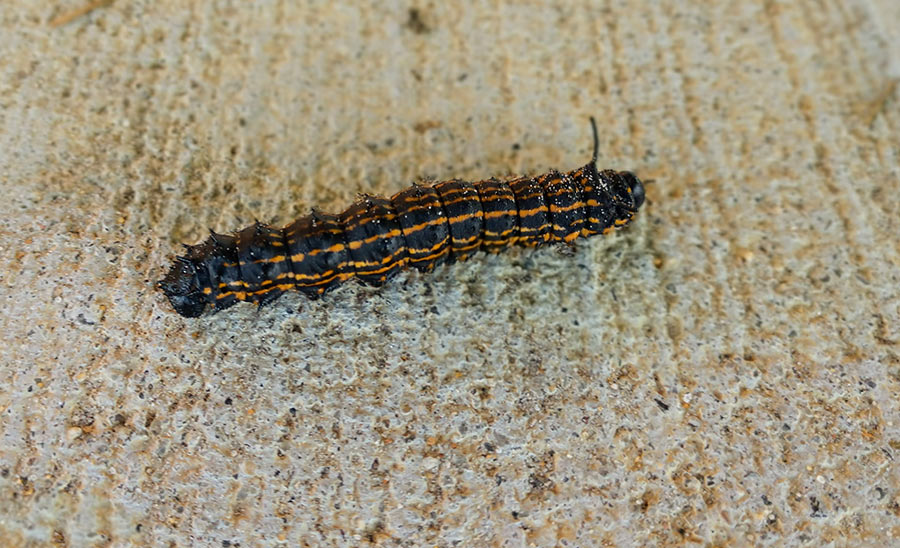
Watch Out For What? Frass!
What, you might ask, is frass? In layperson terms, it’s excrement left by insects. For the purposes of our summer newsletter, let’s call it like it is. It’s the “little brown dots” that rain down on porches, patios, sidewalks and driveways. It comes courtesy of the orange-striped oakworms that infest oak trees primarily from July through September. You’ll know it...
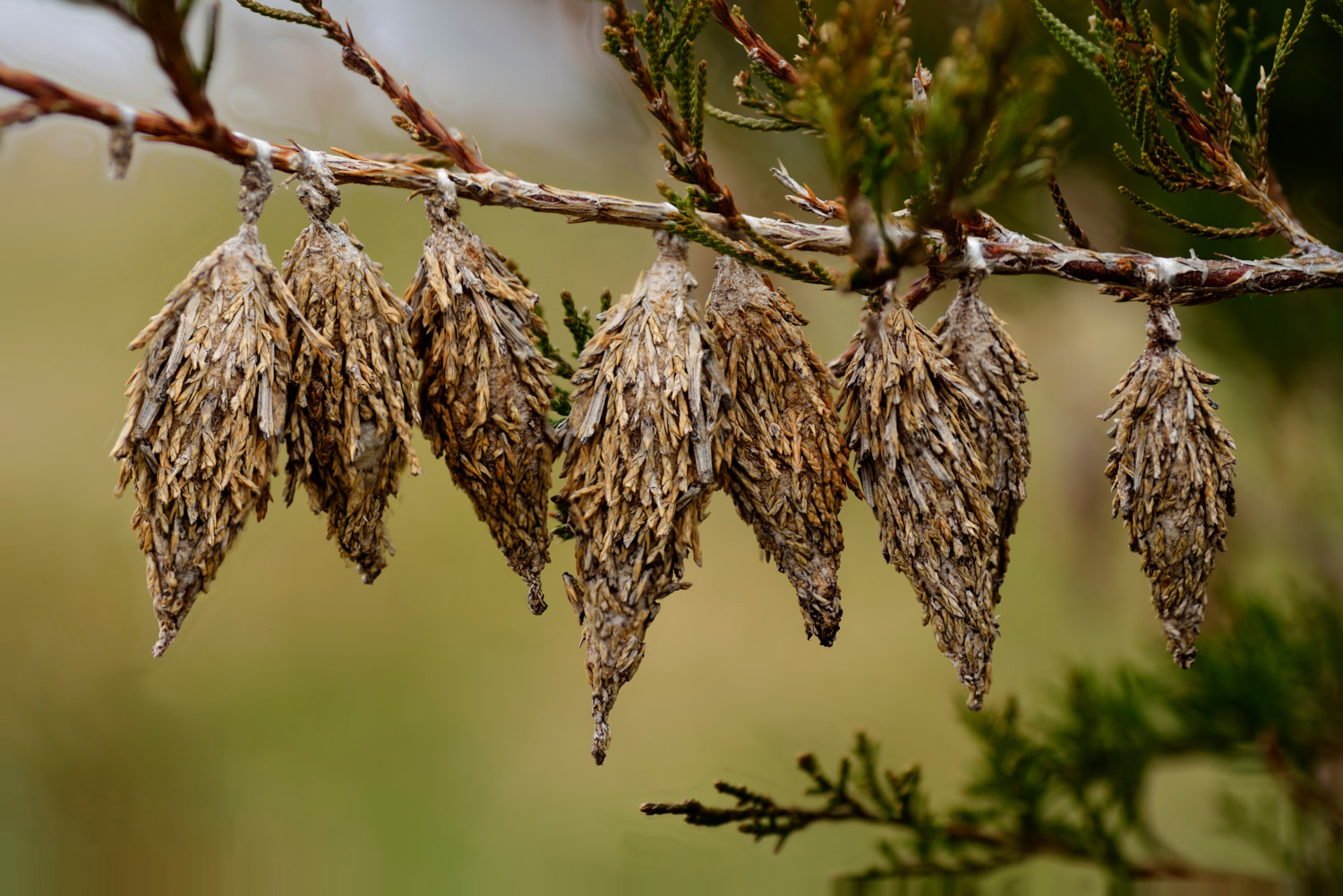
Bagworms in the Charlotte Area
Bagworms can cause significant damage to your trees if left uncontrolled. In the Charlotte area, bagworms affect arborvitae, cedars, leyland cypress, junipers, and pine trees. So if you’re finding bagworms on arborvitae, or any of your other trees, we have some bagworm treatment suggestions. Of course, bagworm treatment and prevention services are included in a Plant Health Care subscription from...

Why Emerald Ash Borer Treatment Really Matters in Charlotte
At Arborscapes, what excites our arborists most about the job is caring for the canopy of our city. And there have been few threats to that canopy as urgent as the recent introduction of the Emerald Ash Borer (EAB). The EAB, which landed in North America from China in 2015, is bad business. If not stopped, it can claim 99.9...
